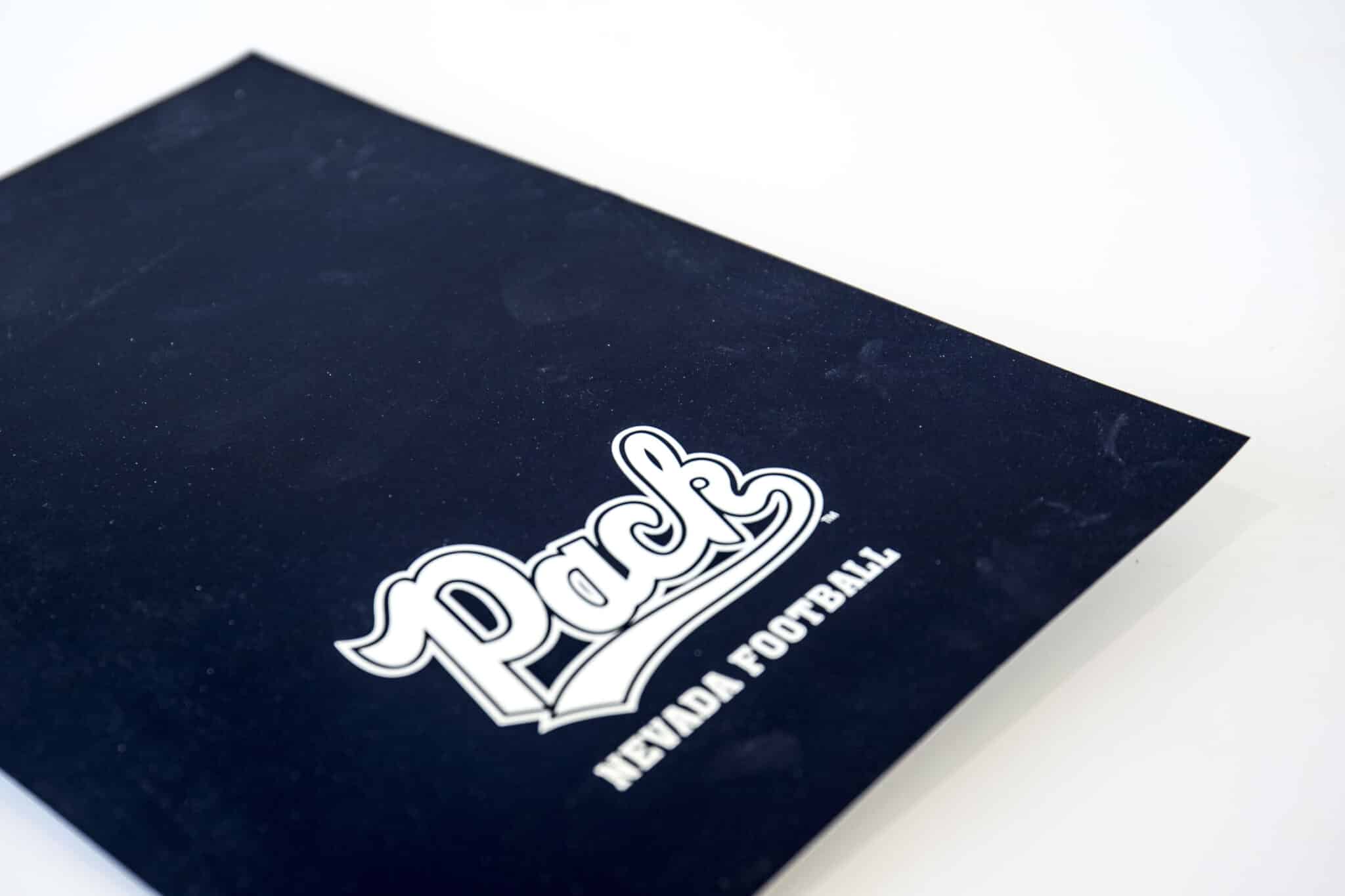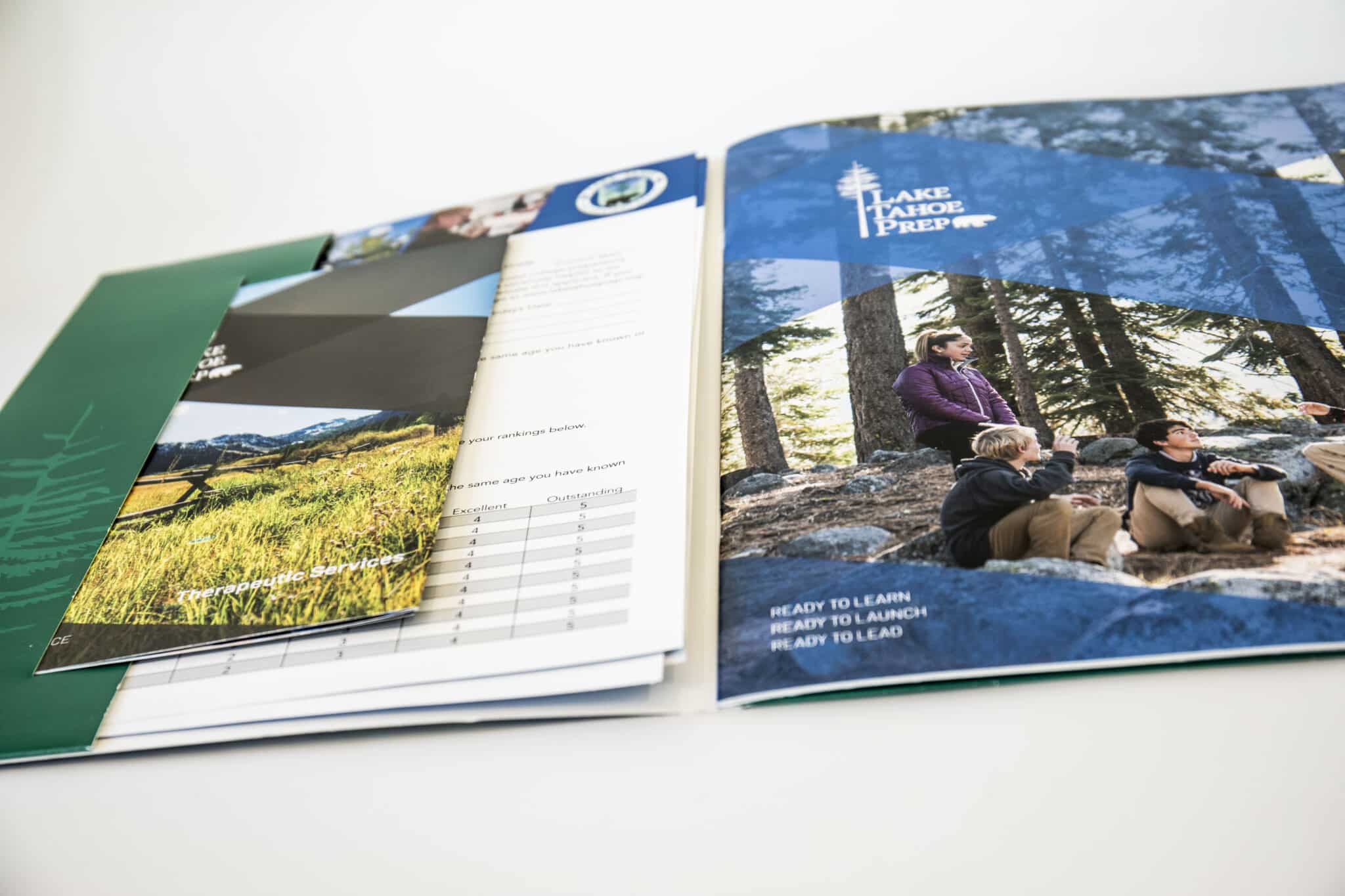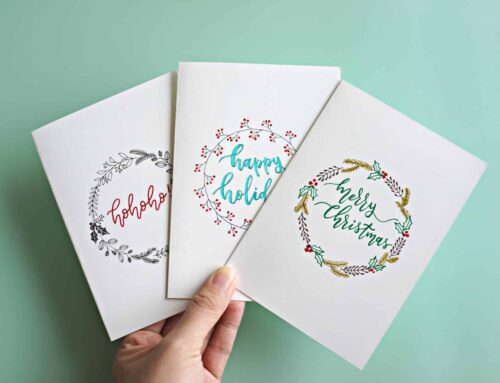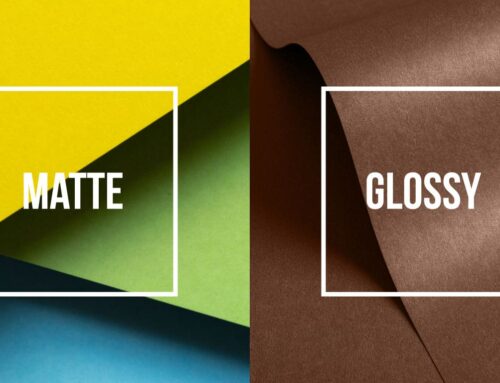In classrooms and training programs, student workbooks are used every day. Students flip through pages, take notes, and return to earlier sections throughout the term. A well-bound workbook keeps those pages intact and organized, even with heavy handling.
A recent report from Inside Higher Ed found that 41% of faculty believe physical textbooks help students learn better than digital ones. With the right binding, these printed workbooks help students with daily heavy use and hands-on learning.
Plus, each binding method has its own advantages. Saddle stitch, perfect binding, spiral, Wire-O, and ring binders vary in flexibility, durability, and cost. Knowing the different types of binders guides you to choose the right format for your workbook’s size and purpose.
In this post, you’ll find practical insights into how binding influences students’ workbook quality and lifespan, along with tips for selecting a budget-friendly solution.

Table of Content
The Importance of Professional Workbook Printing
Understanding the Different Types of Binders and Binding Styles
How to Choose the Right Binding Style for Your Student Workbooks
Design and Customization Tips for Printed Workbooks

The Importance of Professional Workbook Printing
Professional workbook printing keeps text sharp, colors balanced, and pages securely bound to withstand daily classroom or training use. Local print shops in Reno have the tools and experience to maintain that same level of quality and uniformity in every order.
Consistent Quality and Presentation
Professional workbook printing guarantees even ink coverage, precise page alignment, and clean cutting, so every notebook meets the same high standard of quality. Expert production also minimizes issues like weak binding or misaligned pages that can shorten the notebook’s lifespan.
Custom Design and Branding Options
Printers can reproduce school colors, logos, and designs, making materials easily recognizable. Options such as UV varnish, lamination, or soft-touch covers add protection and make printed workbooks last longer, even with daily use.
Better Learning and Professional Image
High-quality printed materials promote better learning by making information easy to read. Clear typography, organized layouts, and long-lasting binding improve usability and help students stay focused. For businesses, professionally printed training manuals or perfect binders show a commitment to quality.
When all your printed materials follow the same design and quality standards, they create a consistent, professional look throughout classrooms and work departments. The same approach applies to catalogs, manuals, and personalized notepads, helping your organization present a unified and trustworthy image.
Once your printing quality is in place, choosing a binding that keeps your workbooks user-friendly becomes much easier.
Understanding the Different Types of Binders and Binding Styles
Each style offers its own advantages depending on page count, durability, and how the workbook will be handled. When you know the main types of book binders, it becomes easier to choose a finish that looks good and performs well in everyday use.
Perfect Binding
Perfect binding gives printed workbooks a clean, book-like look with a flat spine that can display printed titles. It’s best suited for thicker workbooks, textbooks, reports, or training manuals that need a polished, professional finish.
The process involves gluing the pages together along the spine, trimming the edges, and adding a durable cover for support. Because the spine is visible, alignment and design placement need to be precise during setup.

Saddle Stitch Binding
Saddle stitch binding uses staples along the fold of the pages to hold them together. It’s good for smaller workbook printing or handouts with a limited page count, typically up to 64 pages. This option is affordable, lightweight, and quick to produce, making it a practical choice for schools and short-term courses.
Spiral or Coil Binding
Spiral binding uses a continuous plastic or metal coil that runs through holes along one edge of the workbook. It lets pages lie flat or fold back completely, which makes writing and note-taking more comfortable. This style is a go-to choice for interactive printed workbooks and study guides that are used frequently, as it can stand regular turning and wear without loosening.
Wire-O Binding
Wire-O binding uses a double-loop wire system that creates a professional finish. It lets pages turn smoothly and keeps its shape even after heavy use. This type of binding is typically chosen for corporate training manuals or higher-end workbooks that need both durability and a refined look.
Ring Binders
Ring binders’ pages are hole-punched and held together with metal rings, making it easy to add, remove, or reorder content as needed. They work well for modular courses or materials that need regular updates. When paired with personalized notepads or inserts, ring binders create a flexible and reusable system for both classrooms and corporate training settings.
Once you understand how these different types of binders function, it’s easier to weigh other factors like durability, cost, and writing comfort to find the most practical solution for your project.

How to Choose the Right Binding Style for Your Student Workbooks
The right binding depends on how your student workbooks will be used. It helps to plan for page count, durability, and how the materials will be handled.
Before sending your files to print, check that your layout, margins, and bleeds meet your printer’s requirements. Preparing files correctly prevents problems like text cutoffs or misaligned pages during production.
Consider Workbook Thickness and Content
The number of pages in your workbook determines how strong the binding should be. Smaller booklets with fewer pages work best with saddle stitch binding, which keeps them light and easy to carry.
Thicker workbooks are better for perfect binding, which uses a strong adhesive spine to hold everything together. Matching the binding style to the page count prevents pages from loosening or tearing.
Usage Frequency and Durability
Workbooks used daily, like homework journals, study guides, or lab manuals, need a strong binding that can tolerate repeated use. Spiral and Wire-O bindings are both lasting options that stay in shape after constant opening and closing. They also let pages lie flat, which makes them easier to use in busy classroom settings.
Writing Comfort and Flexibility
Workbooks that require frequent writing or drawing need a binding that supports a flat, stable surface. Spiral binding helps pages turn easily and fold back completely without damaging the spine, making it a good choice for interactive materials and hands-on activities. This design gives students enough space to write comfortably while keeping their notes organized.
Budget and Bulk Orders
For schools or publishers ordering in large quantities, cost is a key consideration. Saddle stitch binding is the most affordable option for short workbooks, while perfect-bound and Wire-O-bound books offer a more polished and lasting finish for higher-end materials.
When planning a bulk order, give extra time for customization, production, and delivery, typically about 7 to 10 business days after final approval. Balancing cost, comfort, and toughness of materials makes sure your printed workbooks meet both classroom and budget requirements.
Design and Customization Tips for Printed Workbooks
The design of a printed workbook makes it easier to use and long-lasting. Good design helps students stay organized, while quality finishing keeps the workbook in good condition through daily use.
Focus on Layout and Readability
A clean layout makes information easier to follow. Keep margins consistent, use readable fonts, and organize content with clear headings. Ample spacing between sections improves focus and minimizes eye strain. Simple visual cues like icons or bullet points can also help students find what they need quickly.

Use Color and Branding Thoughtfully
Color and branding can make a workbook more recognizable and easier to navigate. Use school or company colors consistently, and keep good contrast between text and background for legibility. Adding logos or taglines helps strengthen identity. For businesses, matching the look of custom print binders, personalized notepads, and other materials creates a cohesive, professional appearance.
Add Visual Interest and Motivation
Graphics and typography can make a workbook more engaging. Include clear section headers, progress bars, or visual dividers to help organize information. Consistent use of fonts, icons, and color schemes keeps the design simple and prevents distraction, allowing students to focus on the content.
Protect and Extend Workbook Lifespan
Lamination and UV coating guard covers from spills, fading, and corner damage, making materials last longer. Choosing thicker paper stock for covers and frequently used pages adds another layer of protection without a significant cost increase.
Use Templates and Design Resources
Templates make workbook printing more efficient and accurate. They include proper trim sizes, bleed areas, and margin settings, reducing the risk of misprints. Following template guidelines also speeds up production and ensures the finished workbook looks exactly as designed.
Frequently Asked Questions
Let Us Make Every Page Count with the Right Binding Choice
A thoughtfully bound workbook improves the learning experience from the first page to the last. It makes sure that students can use their materials comfortably and keeps printed content intact through regular use. The right binding also adds structure and polish, supporting both organization and a professional appearance.
At DigiPrint Corporation, we help educators and organizations create student workbooks that balance quality, durability, and design. Call us, and our team can guide you through every stage of workbook printing from layout and binding to finishing touches, so your materials make a lasting impression and perform well wherever they’re used.





